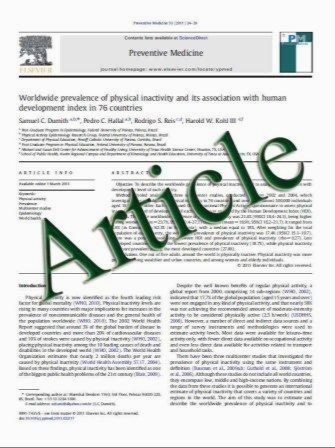A prospective randomized comparison of irradiated and non-irradiated hamstring tendon allograft for ACL reconstruction
- نوع فایل : کتاب
- زبان : انگلیسی
- مؤلف : Kang Sun • Jihua Zhang • Yan Wang • Cailong Zhang • Changsuo Xia • Tengbo Yu • Shaoqi Tian
- چاپ و سال / کشور: 2011
Description
Purpose To analyze the outcome of arthroscopic anterior cruciate ligament reconstruction with irradiated versus non-irradiated hamstring tendon allograft. Methods All hamstring tendon allografts were obtained from a single certified tissue bank, and the irradiated allografts were sterilized with 2.5 Mrad of irradiation prior to distribution. A total of 78 patients who met the inclusion and exclusion criteria of the study were prospectively randomized consecutively into two groups (Non-ir-Allo vs. Ir-Allo). All the operations were done by the same senior surgeon. Before surgery and at follow-up, patients were evaluated by the same observer according to clinical evaluations including the Lachman test, ADT, pivot shift test, varus/valgus stress test, the instrumented KT-2000 arthrometer testing, vertical jump test, one-leg hop test, ROM of knee, Cincinnati knee score, IKDC Subjective Knee Form, Tegner activity score, modified Lysholm knee scoring scale, and the standard knee ligament evaluation form of the IKDC. Results Of these patients, 69 (Non-ir-Allo 38, Ir-Allo 31) were available for full evaluation. When compared the Ir-Allo group with Non-ir-Allo group at the final follow-up by Lachman test, ADT, pivot shift test, and KT-2000 arthrometer testing, statistically significant differences were found (P\0.05). Most importantly, 84% of patients in the Non-ir-Auto group and just only 32% in the Ir-Allo group had a side-to-side difference of less than 3 mm according to KT-2000. The anterior and rotational stability decreased significantly in the Ir-Allo group. According to the overall IKDC, functional, subjective evaluations, and activity level testing, no statistically significant differences were found between the two groups (n.s.). As to the osteoarthritis (OA) rate, for the Non-ir-Allo group, there was no significant difference (n.s.) in development of OA between the operated knee and contralateral knee at the final follow-up. While for the Ir-Allo group, significant difference (P\0.05) was found in development of OA between the operated knee and contralateral knee. There was statistical difference (P\0.05) between the Non-ir- Allo and Ir-Allo groups when comparing the development of OA of the operated knees at the final follow-up. Conclusion There was a significant difference in knee stability between the two groups (in favor of Non-ir-Allo), but no differences in functional scores should be pointed out clearly. Level of evidence I.
Knee Surg Sports Traumatol Arthrosc DOI 10.1007/s00167-010-1393-9 Received: 15 June 2010 / Accepted: 31 December 2010


